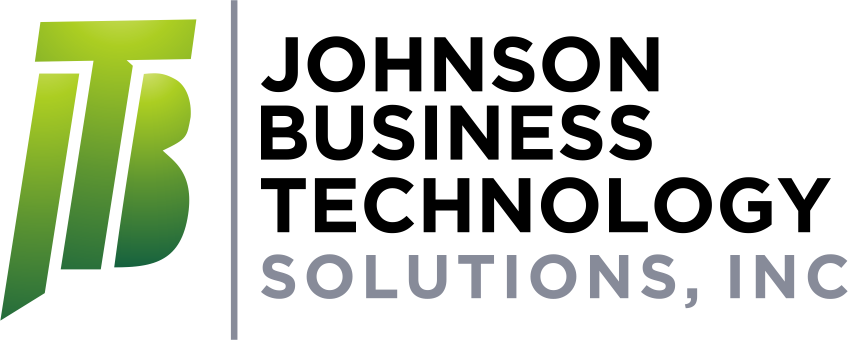May 26, 2025
Your employees may pose the greatest cybersecurity threat to your organization, not just because they might fall for phishing emails or reuse passwords, but because they are utilizing applications that your IT department is unaware of.
This phenomenon is known as Shadow IT, and it represents one of the most rapidly growing security threats for businesses today. Employees often download and use unauthorized applications, software, and cloud services with good intentions, but this behavior can create significant security vulnerabilities without their knowledge.
What Is Shadow IT?
Shadow IT encompasses any technology used within a business that has not been approved, vetted, or secured by the IT department. This can include:
- Employees utilizing personal Google Drives or Dropbox accounts for storing and sharing work documents.
- Teams signing up for unapproved project management tools like Trello, Asana, or Slack without IT oversight.
- Workers installing messaging applications such as WhatsApp or Telegram on company devices to communicate outside official channels.
- Marketing teams using AI content generators or automation tools without confirming their security.
Why Is Shadow IT So Dangerous?
The lack of visibility and control over these tools means IT teams cannot secure them, exposing businesses to various threats.
- Unsecured Data-Sharing: Employees using personal cloud storage, email accounts, or messaging apps can inadvertently leak sensitive company information, making it easier for cybercriminals to intercept.
- No Security Updates: While IT departments regularly update approved software to address vulnerabilities, unauthorized applications often go unchecked, leaving systems vulnerable to hackers.
- Compliance Violations: If your business is subject to regulations like HIPAA, GDPR, or PCI-DSS, using unapproved apps can result in noncompliance, fines, and legal issues.
- Increased Phishing and Malware Risks: Employees may unknowingly download malicious apps that appear legitimate but contain malware or ransomware.
- Account Hijacking: Using unauthorized tools without multifactor authentication (MFA) can expose employee credentials, allowing hackers access to company systems.
Why Do Employees Use Shadow IT?
In most cases, the use of Shadow IT is not malicious. For instance, the "Vapor" app scandal revealed a significant ad fraud scheme where over 300 malicious applications were discovered on the Google Play Store, collectively downloaded more than 60 million times. These apps, disguised as utilities and health tools, were designed to display intrusive ads and, in some cases, steal user credentials and credit card information. Once installed, they concealed their icons and inundated users with full-screen ads, severely impacting device functionality. This incident illustrates how easily unauthorized apps can compromise security.
Employees may also resort to unauthorized apps due to:
- Frustration with company-approved tools being outdated or inefficient.
- A desire to work faster and more efficiently.
- A lack of awareness regarding the security risks involved.
- A belief that obtaining IT approval takes too long, prompting them to take shortcuts.
Unfortunately, these shortcuts can lead to significant costs for your business in the event of a data breach.
How To Stop Shadow IT Before It Hurts Your Business
To address Shadow IT effectively, a proactive approach is necessary. Here are some steps to consider:
1. Create An Approved Software List
Collaborate with your IT team to develop a list of trusted and secure applications that employees can use. Ensure this list is regularly updated with new, approved tools.
2. Restrict Unauthorized App Downloads
Establish device policies that prevent employees from installing unapproved software on company devices. They should be required to request IT approval for any necessary tools.
3. Educate Employees About The Risks
It's crucial for employees to understand that Shadow IT is not merely a productivity shortcut but a significant security risk. Regular training should be provided to inform your team about the dangers of unauthorized apps.
4. Monitor Network Traffic For Unapproved Apps
IT teams should utilize network-monitoring tools to detect unauthorized software usage and identify potential security threats before they escalate.
5. Implement Strong Endpoint Security
Deploy endpoint detection and response (EDR) solutions to monitor software usage, prevent unauthorized access, and identify suspicious activity in real time.
Don't Let Shadow IT Become A Security Nightmare
The most effective way to combat Shadow IT is to proactively address it before it leads to a data breach or compliance issues.
Want to know what unauthorized apps your
employees are using right now? Start with a FREE 15-Minute Discovery Call. We'll identify vulnerabilities, flag security risks and help
you lock down your business before it's too late.
Click
here or give us a call at 615-989-0000 to schedule your FREE
15-Minute Discovery Call today!





